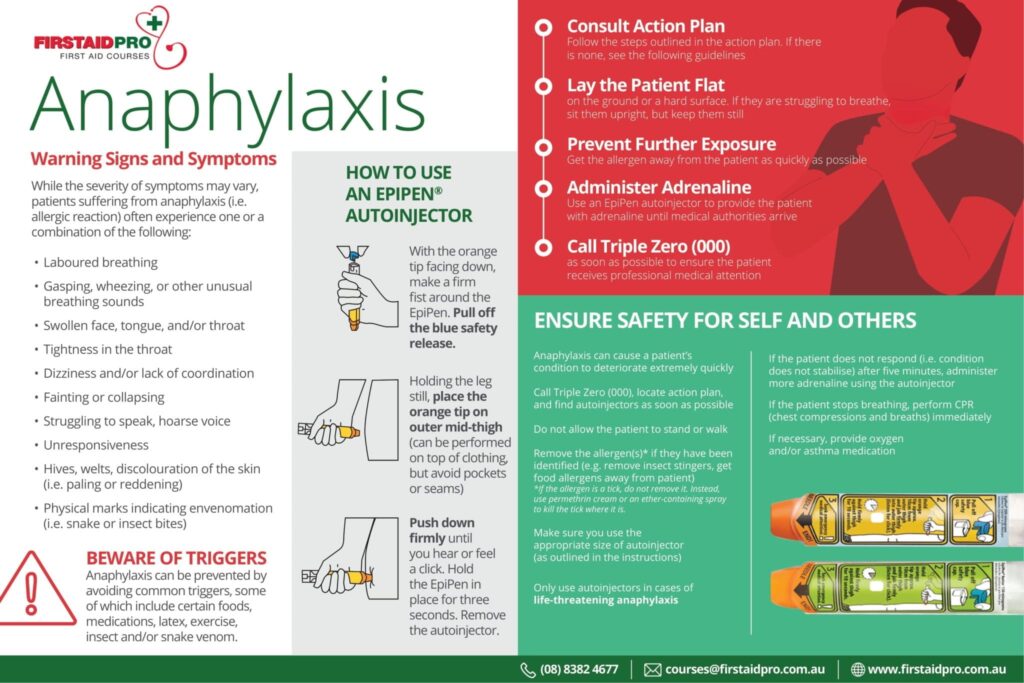Introduction
Every parent's problem is the idea of their newborn dealing with a critical emergency situation. Recognizing cardiopulmonary resuscitation (CPR) strategies especially customized for newborns can be the difference in between life and fatality in such circumstances. Yet, lots of moms and dads are unaware of the special protocols associated with executing CPR on babies. This comprehensive overview intends to outfit every moms and dad with essential knowledge and skills concerning CPR on newborns, diving right into one-of-a-kind strategies that can save lives.

CPR on Infants: One-of-a-kind Strategies Every Parent Must Know
Cardiopulmonary resuscitation (CPR) is a lifesaving method utilized in emergency situations when a person's breathing or heartbeat has quit. While most individuals recognize with grown-up CPR, the approaches vary substantially when it comes to infants. The delicate nature of a newborn requires certain nearby cpr training courses methods that vary from those utilized on older youngsters and adults.
Understanding Infant Anatomy and Physiology
Before delving into CPR techniques, it's essential to recognize the makeup and physiology of a newborn. Infants have smaller lungs, vulnerable ribs, and a different circulatory system than adults. Recognizing these differences can aid parents do CPR even more effectively.
The Value of Airway Management
Newborns' air passages are smaller sized and much more susceptible to blockage; thus, airway administration is critical throughout an emergency. Parents ought to learn how to properly remove an airway to make certain reliable breathing restoration.
Recognizing When to Do CPR
One of the initial steps in any emergency situation is recognizing when CPR is necessary:
- Unresponsiveness: If your infant isn't reacting or moving. No Breathing: If your infant isn't taking a breath usually or at all. Abnormal Skin Color: A blue tint around lips or face suggests absence of oxygen.
Initial Analysis: The DRSABCD Approach
The DRSABCD technique is vital for evaluating any kind of emergency situation:
D - Danger: Ensure the setting is safe. R - Response: Examine if the baby reacts by gently drinking them. S - Send for Help: Call for emergency aid if needed. A - Airway: Open up the airway by tilting the head back gently. B - Breathing: Look for indicators of breathing. C - Compression: If no breathing is identified, start CPR. D - Defibrillation: Make Use Of an AED if offered and experienced to do so.The Actions to Perform Baby CPR
Performing CPR on a newborn differs greatly from adults because of their size and delicacy:
1. Positioning
Lay the baby on their back on a firm surface.
2. Opening Airway
Gently tilt the head back somewhat to open the air passage while ensuring local cpr first aid training not to exhaust it.

3. Check Breathing
Look for breast movements and pay attention for breath appears for about 10 seconds.
4. Chest Compressions
Using 2 fingers positioned simply below the nipple area line, push down around 1/3 depth of their chest (concerning 1-1.5 inches) at a rate of 100-120 compressions per minute.

5. Rescue Breaths
Get more informationAfter every 30 compressions, offer two gentle rescue breaths:
- Seal your lips around their mouth and nose, Deliver each breath over one second while observing for chest increase, Repeat until you see indications of life or assistance arrives.
Common Errors Throughout Infant CPR
Even sympathetic initiatives might falter as a result of usual blunders:
- Applying way too much pressure during compressions can cause injury. Failing to make sure proper head tilt might obstruct airflow. Not requiring help early sufficient can delay crucial care.
Mental Preparation for Emergencies
It's all-natural to really feel panic in emergency situations; nevertheless, mental prep work plays a critical duty in properly implementing first aid actions:
- Remain calm; panicking hinders clear thinking. Practice mindfulness methods prior to going into parenthood.
FAQs Concerning CPR on Newborns
What must I do if my newborn stops breathing?
If your newborn quits breathing, promptly analyze their responsiveness, telephone call for assistance, inspect their airway, and commence CPR as thorough above.
How usually ought to I take first aid courses?
It's recommended that parents refresh their expertise every two years by taking first aid programs or certain baby CPR training sessions.
Can I make use of an AED on an infant?
Generally talking, AEDs are not recommended for infants under one year old unless especially created for such usage; constantly adhere to maker's instructions.
Where can I locate first aid training courses near me?
You can search online making use of terms like "first aid training course near me" or inspect regional health centers or recreation center that typically offer these classes regularly.
How long does a first aid accreditation last?
Typically, many first aid accreditations remain valid for three years before requiring renewal through refresher courses that include updated practices like DRSABCD protocols.
Is it necessary to discover mental wellness first aid as well?
Absolutely! Psychological wellness first aid outfits moms and dads with abilities essential not only in physical emergency situations but likewise in determining psychological distress amongst youngsters and adolescents.
Conclusion
Understanding "CPR on Newborns: One-of-a-kind Methods Every Parent Need To Know" isn't simply about getting technological skills; it's about empowering yourself as a caregiver all set to encounter unanticipated difficulties head-on. Whether via committed training programs like those supplied by various companies or practicing hands-on strategies with relative throughout workshops-- every initiative counts in the direction of constructing self-confidence in your capability to react successfully throughout emergency situations involving your priceless newborns.
Incorporating this expertise right into your parenting toolkit might indicate conserving lives when it matters most. So why wait? Subscribe today for courses such as "first aid course," "cpr training," or specialized "infant first aid training course" alternatives offered nearby-- you never ever know when you could require them!